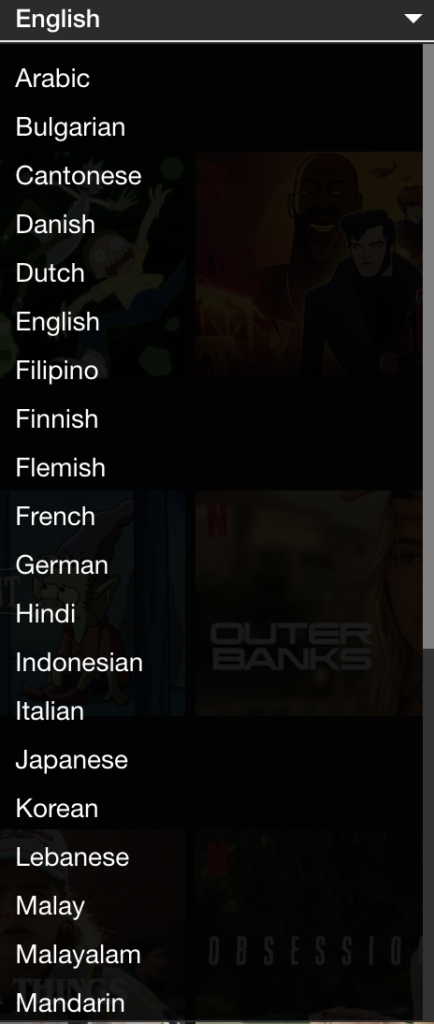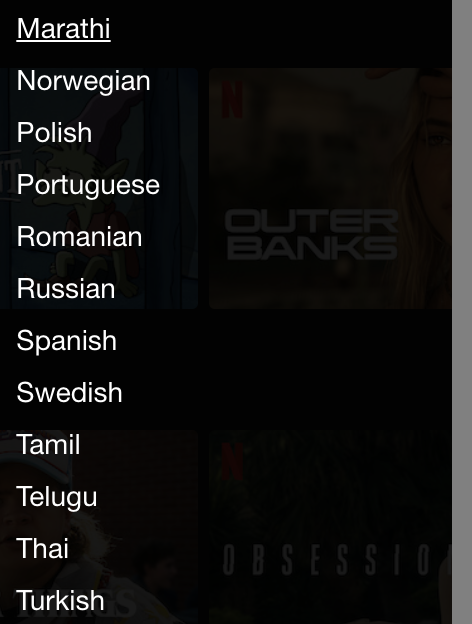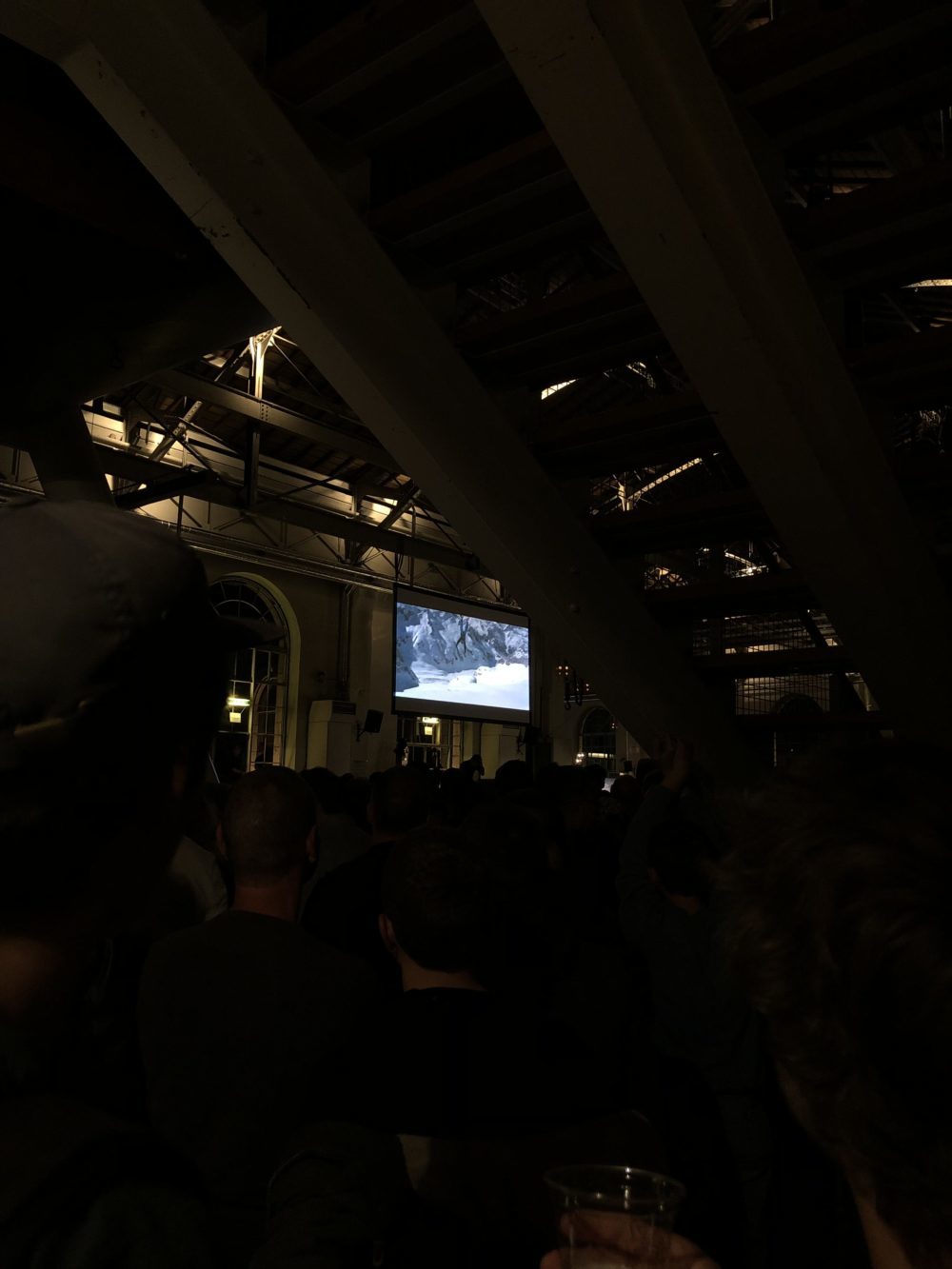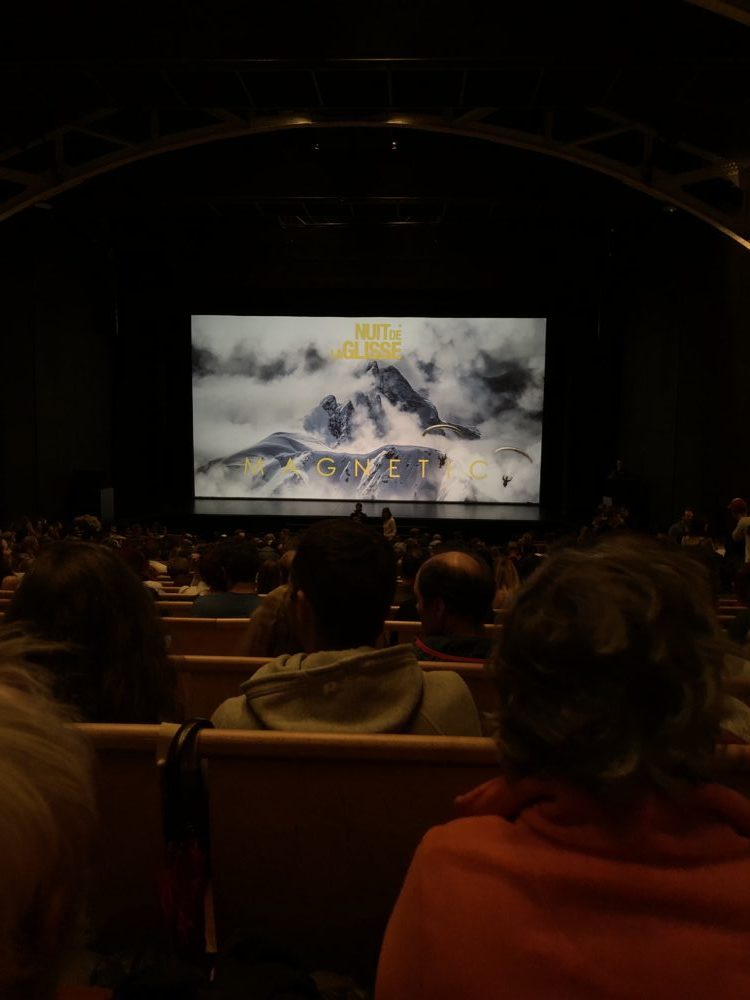AI, Film, and Social Media
I like to experiment with Bard and chatGPT. I like to see what their limits are, but with time and effort I like to get beyond their limits and get them to do what I want, without failing too often.
DJI and other brands have had self-editing options for years now, so the idea that software would edit the footage taken by the brand’s devices is not new. What is new is the desire people have to let AI replace their own creativity, and inspiration, to give the AI’s creative vision rather than their own.
The lazy Editor
Film and television are art forms, as should social media, but the problem with social media is that it is made by amateurs with no background in film or television. They break plenty of rules, which is what creative people are meant to do, but not because they want to go against cultural movements. They break the rules out of ignorance, out of amateurism, and out of laziness. It isn’t that social media has democratised video content, but rather than social media has destroyed film and television. Now we’re stuck with what I like to call User Generated Crap, but we’re also left with YouTube being a shadow of its former self.
In the days when it was going to be sued for unauthorised use of copyrighted material it was interesting, because it was about creative people being creative, before the social frameworks were in place for that creativity to be legal. I filmed the LakeParade more than once, and then spent hours editing my footage. I posted it to YouTube and the sound was removed due to copyright violation.
Today people are doing absolute crap on TikTok with music, and yet it’s legal, because copyright rules have changed, but when it’s too late for conventional editors to bother. If we invest hours filming, and then more hours editing, then YouTube will just mute the videos.
Algorithms and the Feed
I would love to enjoy using YouTube but I don’t. I don’t enjoy YouTube because it’s focused on the lowest common denominator, rather than topics and themes. The videos that are promoted have sensationalist headings, that are clickbait, rather than solid content. The wrong content is being promoted. The wrong things are being valued.
The result is that even without adverts YouTube has become unusable for me. “But you can block and dislike what you don’t like”. Sure, but I’m fighting against a gaggle of people with different audiovisiual values. I will lose.
If I don’t pay for Premium, I need to watch awful ads, but if I pay for Premium I have to sort through a jumble of crap before getting to something interesting. More than once I have spent an hour looking for something to watch, and found nothing.
The Film Industry
Studios Quietly Go on Hiring Spree for AI Specialist Jobs Amid Picket Line Anxiety
Even AI Filmmakers Think Hollywood’s AI Proposal Is Dangerous
Around 2002 I lived in Weymouth and going to the cinema cost 2 GBP so I would go to the cinema, once or twice a week. In the process I saw at least 90 films, but in that same process I learned of the formulas the US film industry use, and I have never enjoyed American films since. The problem with the US film industry is that it’s based on formulas, rather than humanity. It’s based on set plot lines, where names and locations are changed, but the story is the same.
As I said a few years ago, I prefer to watch television series, to films, because television series are still creative. Each television series is different from the other, so we still want to know what happens. With films I lose interest within ten to fifteen minutes. if not sooner. I love the film medium, but I hate what Hollywood produces.
More CGI Than Story
One of the weaknesses of almost new hollywood films is that they forget that they are a story telling medium. They forget that we go to the cinema to be told a story, not to see computer graphics. As I have said more than once, if I want to see computer graphics I can watch gamers play GTA V and other games on YouTube. If I watch films it’s because I want to be told a story that has depth and value.
BrotherHood – A Korean Film
One of the films that most impressed me when I was going to the cinema two or more times a week was Brotherhood because it had a real story, about real people in a real situation where we felt real emotions about the situation. Of course I mean a genuine story, rather than real. It’s a fictional film on what could have been real. It’s a powerful film, without too much CG, just good story telling.
AI and Special Effects
In one of the articles I shared I read about how they want AI to replace all extras. In the other article they show how kitsch is simplified by AI. In the scenarios described by those articles AI would be used to replace humans by AI, replace locations by AI, and replace everything else. Just one actor, acting by himself, surrounded by virtual people.
AI, Media Asset Management and Restoration
I do think that AI has a place in film, for media asset management, for film restoration and for tasks that are time consuming and boring for humans, but good for machines. I enjoy Media Asset management but I believe that as a person works through digital assets machine learning tools should pay attention and learn from humans. Rather than transcribing by hand, AI can transcribe and then humans double check the accuracy of what was transcribed, as with Project Gutenberg.
And Finally
From factories to film sets, AI has a simple goal: Making things cheaper
Although the title of the article quoted about is to make things cheaper, it isn’t. It’s about cutting corners to maximise profit. It isn’t about making films cheaper to see at the cinema. It isn’t about making films more cost effective. It’s about not paying human beings because AI is “good enough”. It’s about dehumanising the film industry and making it even more uninteresting than it is. If you replace humans with AI, then you lose that humanity, that makes humans relevant.
if you over-use CG and forget about story, then you might as well be making computer games rather than films, because, at the end, a lot of modern films are just computer games, that you watch as films.
I lost interest in Hollywood decades ago, so AI doesn’t change the unlikeliness of me watching Hollywood films. It just confirms the reasons for which I lost interest in the first place. The story being told isn’t interesting, and AI driven CG are a distraction, rather than justified.







